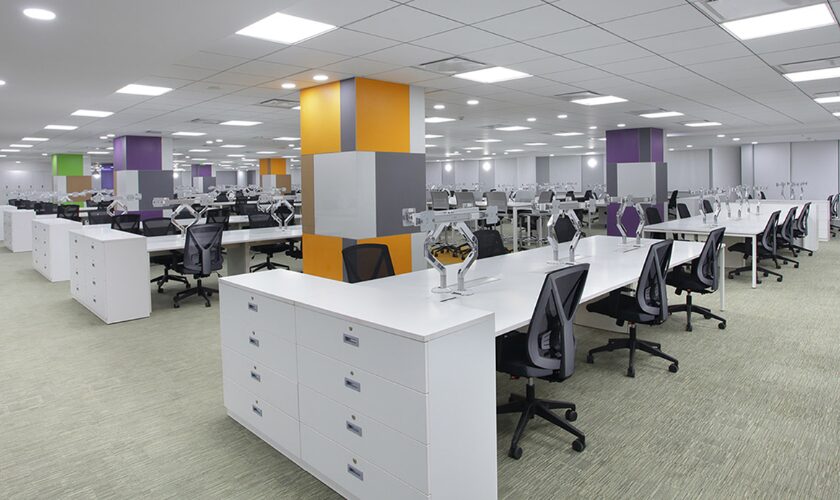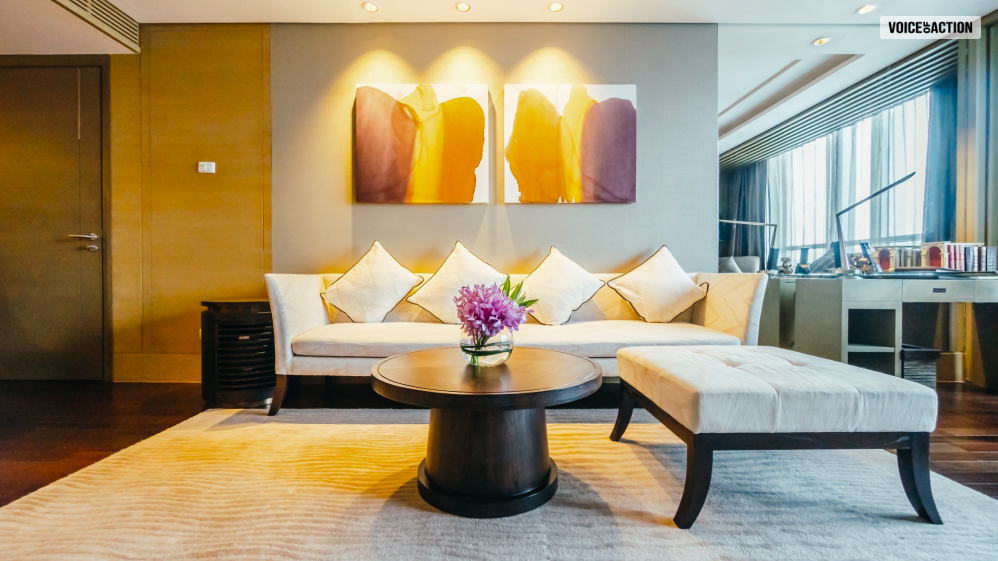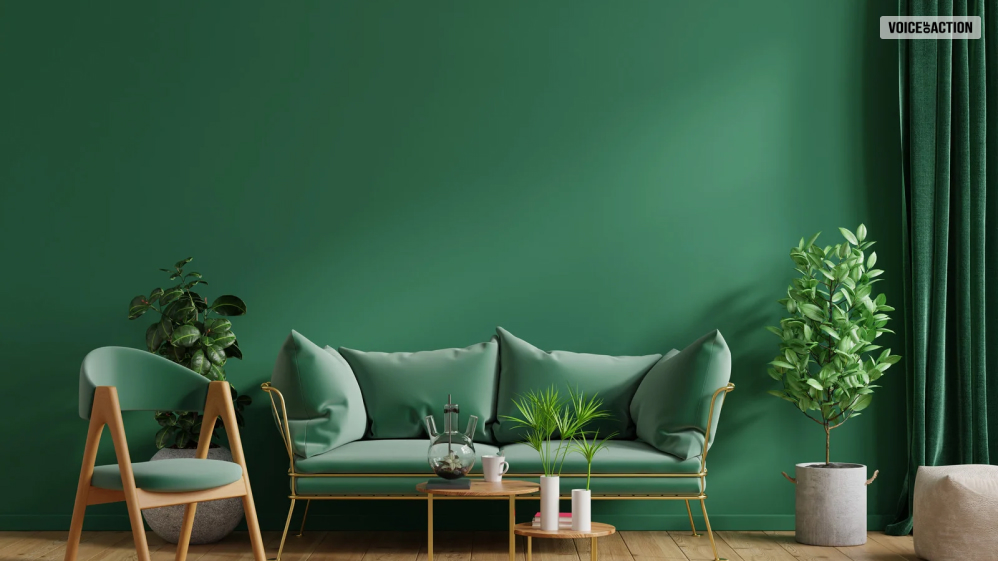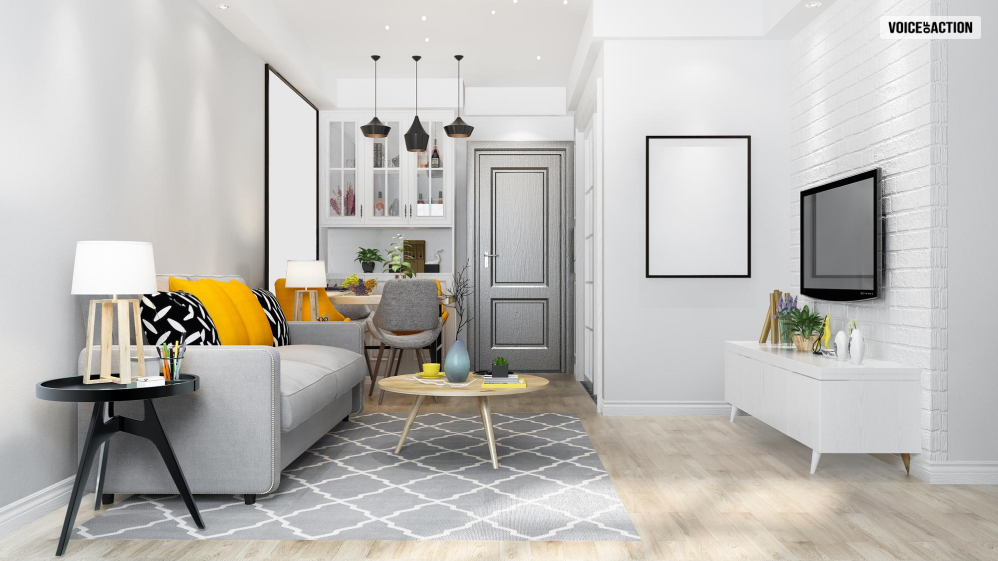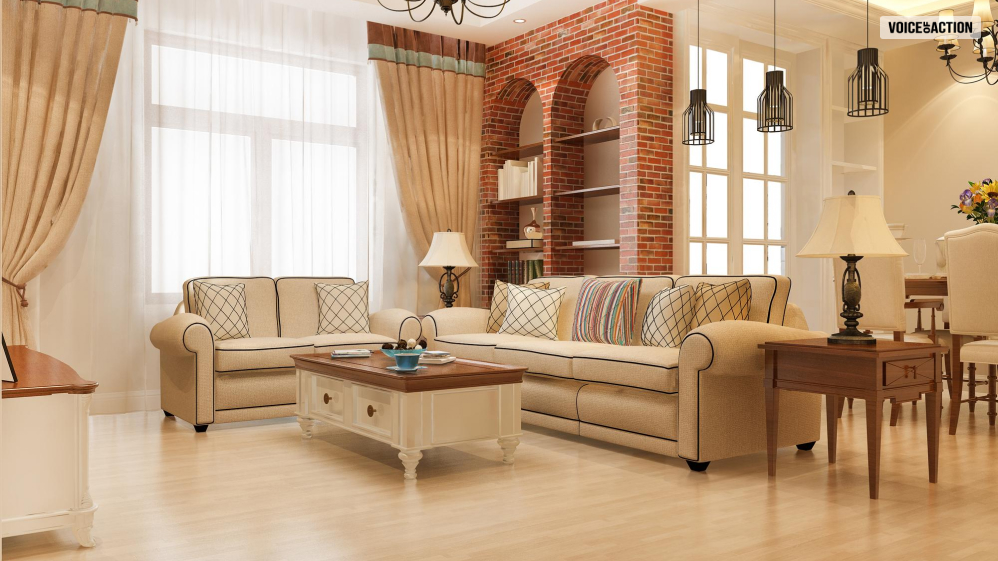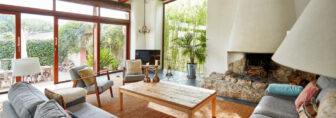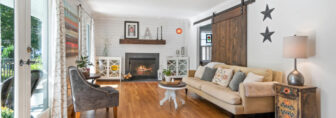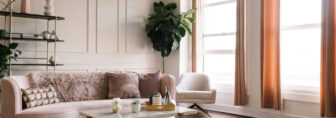Ink And Paper Options: Choosing The Right Combination For High-Quality Architectural Prints

In the realm of architecture, precision and attention to detail are paramount. To bring architectural designs to life, high-quality prints are essential. That’s where choosing the correct ink and paper comes into play.
Regarding construction printers, the right combination of ink and paper can make all the difference.
This article sheds light on the available options and how to choose the perfect combo for impeccable architectural prints.
A Glimpse Into Printers In Construction
For architects, construction printers are indispensable tools. These printers specialize in large-format printing, enabling architects to print detailed building plans, blueprints, and 3D renderings. The quality of prints reflects the architect’s prowess, making it vital to select printers and materials that produce sharp, accurate, and durable documents.
What Makes Them Special?
- Large Format: These printers can handle larger paper sizes, which is essential for architectural plans.
- High Resolution: They offer high-resolution printing for capturing fine lines and intricate details.
- Versatility: These printers are versatile, capable of printing on a variety of media.
Delving Into Ink Options
Regarding ink, there are primarily two options: Dye-based and Pigment-based inks.
Dye-Based Inks
- Pros
- Vibrant colours.
- Lower cost than pigment inks.
- Quick drying time.
- Cons
- Less resistant to fading.
- Susceptible to smudging.
Pigment-Based Inks
- Pros
- Excellent fade resistance.
- More durable and water-resistant.
- Ideal for archival prints.
- Cons
- Generally more expensive.
- Colours might be less vibrant compared to dye inks.
For architectural prints that require longevity, pigment-based inks are a preferable option. However, dye-based inks can be more cost-effective for preliminary drafts or internal use.
Exploring Paper Choices

The quality of the paper can significantly influence the final appearance of architectural prints.
Bond Paper
- Usage: Standard for blueprints and CAD drawings.
- Pros: Economical and suitable for line drawings.
- Cons: Not ideal for colour-rich prints.
Vellum Paper
- Usage: Used for archival copies and presenting to clients.
- Pros: High translucency and strength, good for overlays.
- Cons: More expensive than bond paper.
Photo Paper
- Usage: Perfect for high-quality renderings and 3D visuals.
- Pros: Exceptional colour reproduction and detail.
- Cons: Higher cost, not suitable for line drawings.
Tyvek Paper
- Usage: For outdoor and construction site plans.
- Pros: Waterproof and tear-resistant.
- Cons: Relatively expensive.
Pairing Ink With Paper
The synergy between ink and paper is crucial. For example, pigment inks pair well with photo paper for colour renderings, while dye inks are compatible with bond paper for drafts.
Recommendations For Printers
When considering these printers, here are a few noteworthy points to look for:
- Connectivity Options: The printer should offer various connectivity options such as USB, Ethernet, and Wi-Fi. Wireless printing can add a lot of conveniences, especially in a busy office.
- Ink System: Check whether the printer uses dye or pigment inks. Pigment inks are more durable and less likely to fade over time, which might be essential for construction documents.
- Ease of Use and Maintenance: The printer should be user-friendly and intuitive. Also, consider how easy it is to replace ink cartridges and perform regular maintenance.
- Cost of Consumables: Research the cost of replacement ink cartridges and the average yield (number of prints) per cartridge. This will give an idea of the running costs.
Final Thoughts:
In conclusion, pairing the right ink with the appropriate paper is an art. With many options, architects must weigh factors like longevity, colour vibrancy, cost, and intended use. Investing in quality printers, and pairing them with the ideal ink and paper, will ensure that the architectural prints are a true reflection of craftsmanship and precision.
Read Also:


